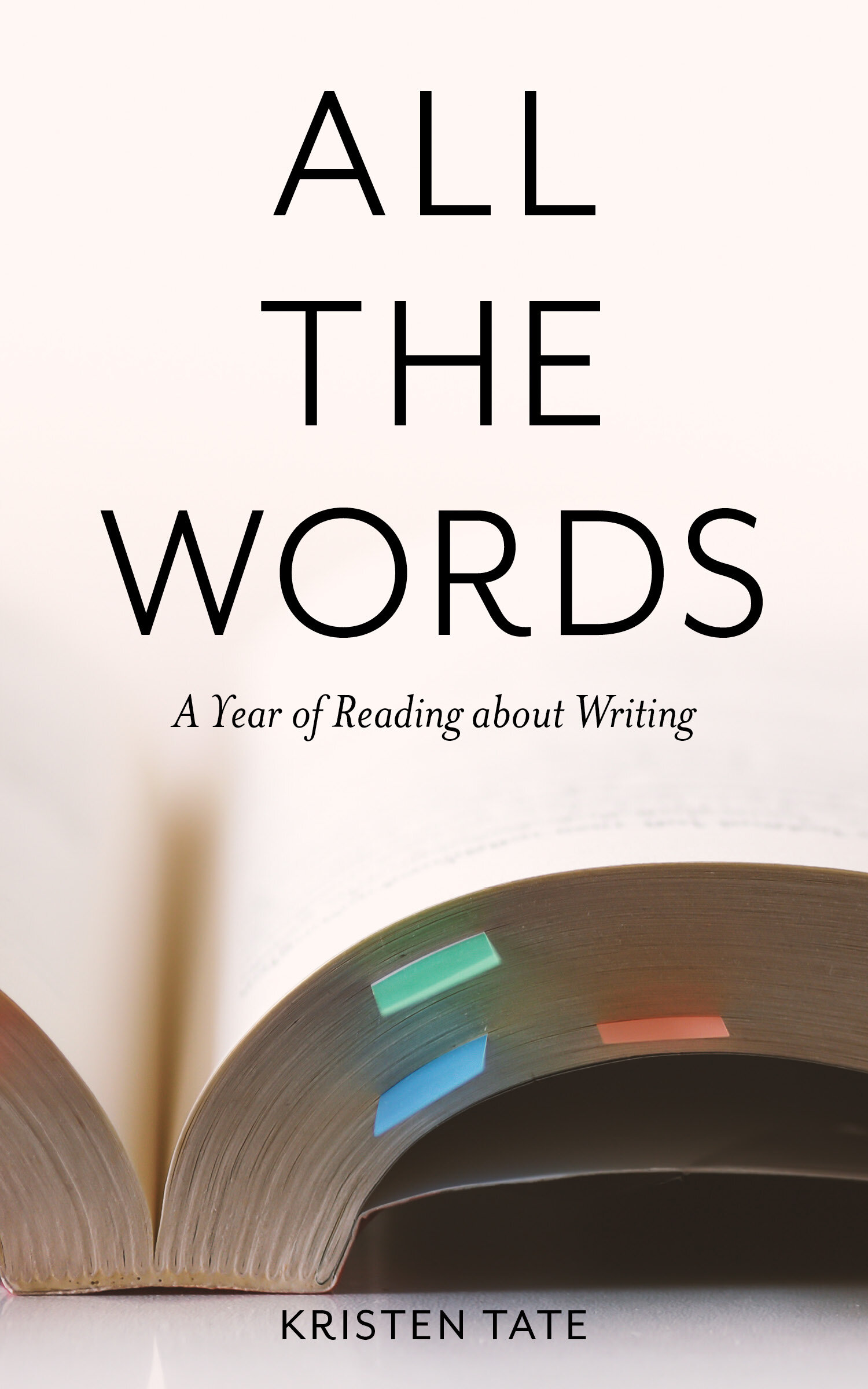Thrill Me, by Benjamin Percy
As the title Thrill Me: Essays on Fiction, implies, Benjamin Percy’s reading life began with genre fiction, then shifted to literary fiction in grad school. As a writer, he’s found a sweet spot in combining the two: whipping up a what-happens-next plot while still offering up complex sentences, resonant metaphors, and clever wordplay. He’s published fiction in the likes of Paris Review and also writes for DC comics. This book will be particularly valuable for any writer wanting to thread the genre/lit-fic needle.
Even when Perry is offering up familiar craft advice, as in the chapter titled “Urgency,” he provides new tools. For example, after standard advice about establishing a narrative goal undergirded by “human urgency,” he advises writers to find “lower-order goals” for characters to work toward in each scene, especially scenes heavy on dialogue. That lower-order goal can provide a triangulation point, allowing characters to talk around their underlying emotions and motivations, which often feels more natural than addressing them head-on. He points to a scene in Kent Haruf’s novel Plainsong, in which two elderly brothers go shopping for a crib for the baby of the pregnant teenager they have taken in: “The conversation—triangulated around a shopping expedition—is as close as they’ll ever come to a heart-to-heart talk with Victoria,” expressing their love for her. The triangle formed by the characters’ motivations, an external activity or purpose, and both spoken and unspoken dialogue can add tension to a scene that lacks it.
Another useful chapter is that on “set pieces,” a term Percy has borrowed from filmmaking: moments “when the stakes are escalated, the staging carefully managed, the special effects sometimes expensive and flashy.” Set pieces are major plot points, but even more importantly, they are often the scenes you dreamed about when the idea for your book first popped into your head—the scenes so vivid they felt like a movie screening in your mind. One of Percy’s revision strategies is to focus on the set pieces, giving them “the necessary minutes of footage, the careful staging, the special-effects budget they deserve” and “carving away” everything else.
Percy devotes a whole chapter to revision, which begins with a memorable definition: “So much of revision, I’ve discovered, is about coming to terms with that word: gone. Letting things go. When revising, the beginning writer spends hours consulting the thesaurus, replacing a period with a semicolon, cutting adjectives, adding a few descriptive sentences—whereas the professional writer mercilessly lops off limbs, rips out innards like party streamers, drains away gallons of blood, and then calls down the lightning to bring the body back to life.”
Two specific strategies he offers up to make this violent process a tiny bit less painful:
Keep a “cemetery” document or file folder for cut material. (The name is inspired by the popular writing advice to murder your darlings.) You may be able to resurrect sentences or even entire scenes in a new manuscript.
Work on multiple projects at a time and try to write every day. When you are producing a lot of words, it is less painful to cut some that you have already written.
Thrill Me isn’t a foundational book that will teach you the basics of fiction-writing, but it offers up useful insights on both craft and process that will help you push your writing further.
Interested in more reviews of books about writing and creativity? Check out our Book Review page or Kristen’s book All the Words: A Year of Reading About Writing. You can read the first chapter and order a digital or paper copy from our shop.


